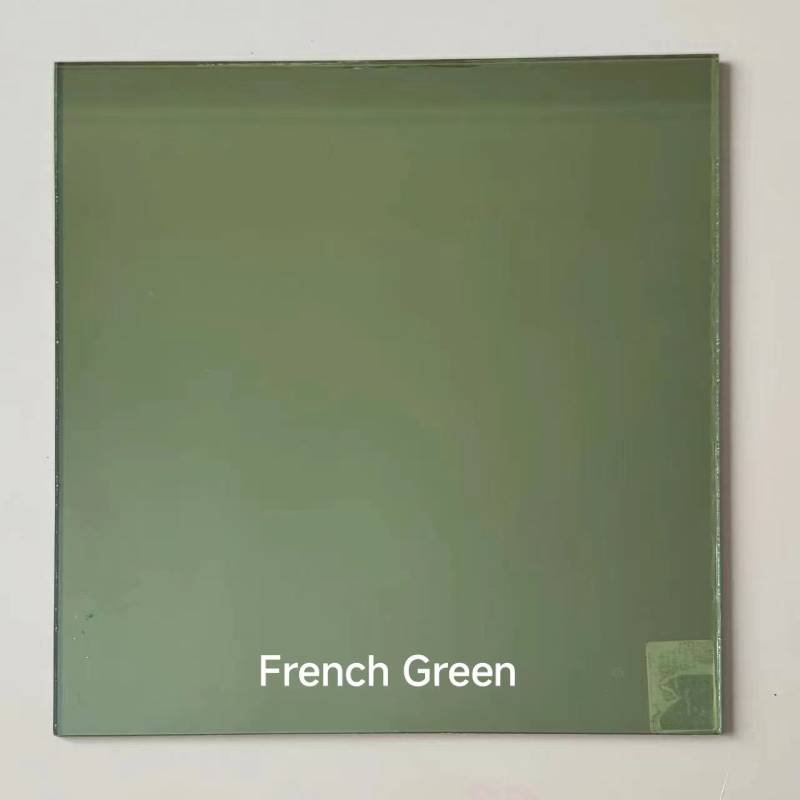

Understanding Anti-Glare Glass Sheets A Comprehensive Overview
In today's visually driven world, the significance of clarity and comfort in visual displays cannot be overstated. One product that has gained widespread popularity across various industries is the anti-glare glass sheet. These specialized glass sheets are designed to minimize reflections and reduce glare, making them an essential choice for numerous applications, from consumer electronics to architectural needs.
What is Anti-Glare Glass?
Anti-glare glass is treated or coated to diminish the reflection of light off its surface. This treatment can be achieved through several methods, including chemical etching, sandblasting, or applying a special coating. The primary objective is to enhance visibility in bright conditions while also reducing eye strain, which is increasingly important in our digitally dominated landscape.
Applications of Anti-Glare Glass Sheets
1. Consumer Electronics One of the most common applications of anti-glare glass is in screens for televisions, monitors, and smartphones. In environments with bright overhead lighting or sunlight, a glossy screen can create distracting reflections that hinder viewing. Anti-glare technology significantly improves the user experience by presenting a clearer image that allows for prolonged use without discomfort.
2. Architectural Uses In architecture, anti-glare glass is used in windows and facades, particularly in commercial buildings. It helps create a comfortable atmosphere for occupants by reducing the harshness of sunlight entering the space. This is particularly beneficial in office environments where computer screens are a staple. By minimizing glare, employees can work more efficiently and comfortably.

3. Automotive Industry Anti-glare technologies are also prevalent in vehicles. Many modern car windshields and rearview mirrors are treated to limit glare from sunlight. This application contributes to overall safety by ensuring better visibility for drivers, especially during sunny days or when headlights of oncoming vehicles create distractions.
4. Photography and Art Displays In galleries and studios, the use of anti-glare glass is crucial for displaying artwork and photographs. Traditional glass can reflect ambient light and distract from the pieces being showcased. By using anti-glare glass, art curators can enhance the viewer’s experience, allowing for an uninterrupted appreciation of the work.
Benefits of Anti-Glare Glass
The advantages of using anti-glare glass sheets extend beyond mere aesthetics. They provide a significant reduction in eye strain, particularly for those who spend long hours in front of screens or in environments with variable lighting conditions. Moreover, anti-glare surfaces are often more resistant to fingerprints and smudges, which keeps the glass looking clean and improves its lifespan.
Conclusion
As our dependence on screens and bright light sources continues to grow, the role of anti-glare glass sheets becomes increasingly vital. Whether in enhancing the readability of a smartphone display or improving the comfort levels in a workplace, the benefits of anti-glare technology cannot be overlooked. As advancements in materials science continue to push the boundaries of what is possible, we can expect even more innovative solutions to emerge, ensuring that clarity and comfort remain at the forefront of our visual experiences.